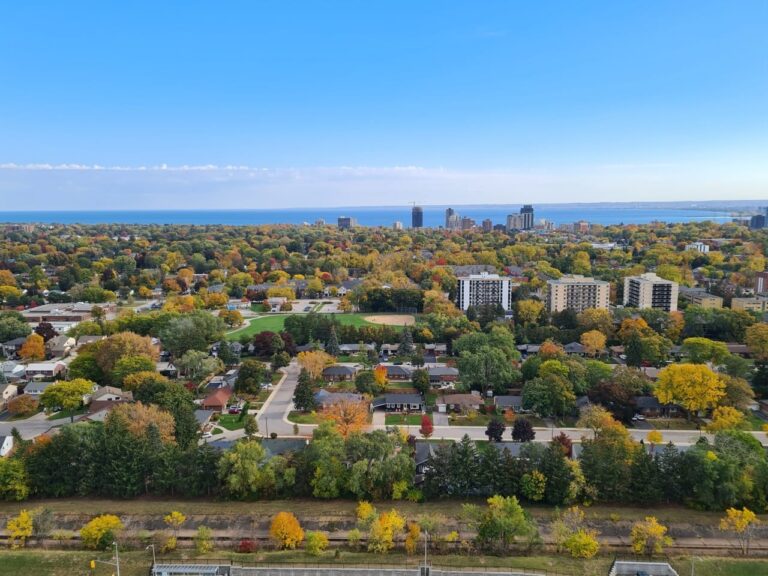Refinancing your mortgage can save you money, free up cash flow, or help you reach other financial goals. But in 2025, with interest rates still settling after a period of sharp increases and economic uncertainty, refinancing isn’t always the clear-cut answer it might seem.
Here’s how to know if it’s worth it — and what to watch out for.
TL;DR: When Refinancing Might Be Worth It
- You can get a significantly lower rate than you currently have
- You want to consolidate high-interest debt
- Your mortgage term is up for renewal and you want to change the structure
- You have built up equity and want to tap into it (carefully)
But if your penalty is too high or the savings are minor, it might not be worth the hassle.
What Does Refinancing Actually Mean?
In Ontario, refinancing your mortgage means replacing your existing mortgage with a new one — usually with different terms, a new interest rate, or a different amount. People refinance to lower their payments, access home equity, or consolidate debt.
This is different from renewing your mortgage, which happens at the end of your term with the same lender.
Common Reasons to Refinance in 2025
1. Lowering Your Interest Rate
If you got your mortgage during a time of higher rates and today’s rates are lower, refinancing could save you thousands over the life of the loan.
Example: If you’re dropping from 5.5% to 4.3% on a $450,000 mortgage, the monthly savings can be meaningful — even after factoring in fees.
2. Accessing Home Equity
Ontario home values have remained relatively stable in many regions. If your home is worth more than your mortgage balance, you might be able to borrow against the difference. This is often used to fund renovations, pay off credit cards, or invest.
3. Debt Consolidation
If you’re juggling high-interest debts (like credit cards or car loans), rolling them into your mortgage can simplify your payments and lower your overall interest costs — just be sure you’re not extending short-term debt over 25 years.
4. Changing Mortgage Structure
Switching from variable to fixed (or vice versa), extending your amortization, or adding someone to the mortgage might all require refinancing.
Costs and Risks to Consider
- Prepayment Penalties
If you break your mortgage mid-term, your lender may charge you a penalty. For fixed-rate mortgages, this is often the interest rate differential (IRD), which can be several thousand dollars. - Legal and Appraisal Fees
These typically range from $1,000 to $2,000. Some lenders cover these as an incentive, but not always. - Resetting the Amortization
Be careful not to just lower your monthly payments by restarting a 25-year clock. You might pay more in interest over time.
Questions to Ask Yourself
- What is my current interest rate, and what could I qualify for now?
- What are the penalties or fees involved?
- How long will I stay in this home?
- Am I refinancing to solve a short-term problem or a long-term strategy?
Local Insight: Guelph and Surrounding Areas
In places like Guelph, Fergus, Elora, and Rockwood, home equity levels are still relatively strong despite recent interest rate volatility. Many homeowners in these areas are refinancing to access funds for renovations or to help adult children with down payments.
If you’re in Southern Ontario and wondering whether refinancing makes sense for you, it’s worth having a quick chat with a local mortgage broker who can run the numbers specific to your situation.
Final Thought
Refinancing can be a smart financial move, but it’s not one-size-fits-all. In 2025, it’s more important than ever to understand the full picture — rates, penalties, goals, and future plans.
If you’re unsure whether refinancing makes sense right now, we’re happy to help you sort it out. Start your mortgage review here.
